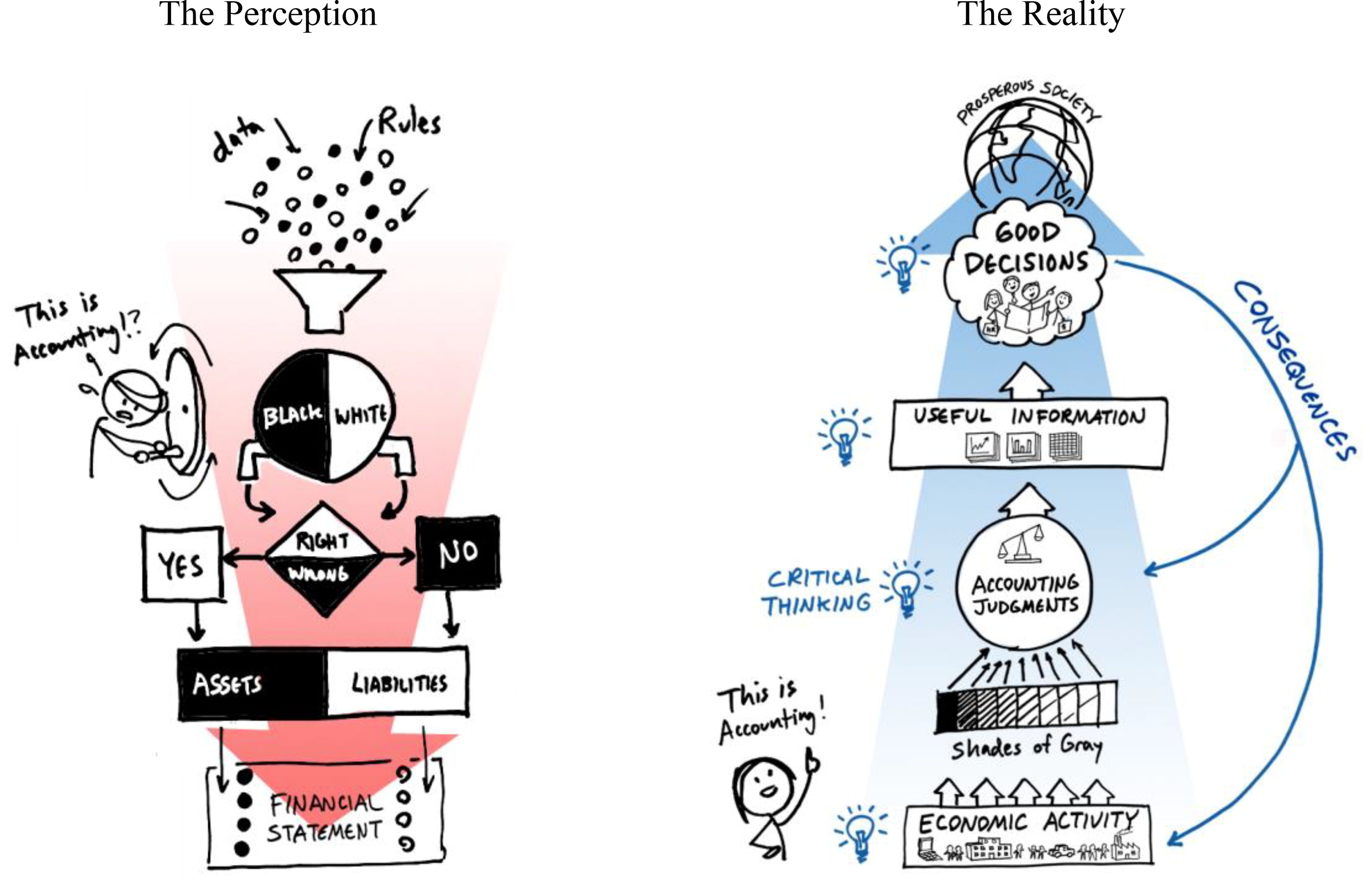The international poverty line and the sausage factory
Anecdotal evidence imply that what ones sees in a sausage factory cannot be unseen, and such an experience somehow takes away something from the joy that stems out of the carefree consumption of such delicacies. In this blog entry about the international poverty line’s maladies, I don’t want to ask nearly as much of you; but then, that also depends on your taste.
Simplicity is good, but there are always some limits
The World Bank (hereafter also the Bank) means serious business when it comes to poverty alleviation. It is the global juggernaut in providing statistics for the world development from a score of angles. The United Nations chose the Bank as the custodian for monitoring the evolution of global poverty for both the Millennium and Sustainable Development Goals, and, in all likelihood, in the set of goals that will replace them around 2030.
The Bank for more than 3 decades now measures global poverty with elegance and simplicity. Using methods spanning from taking the mean, the median or simply eye-balling a scatter-plot of national poverty lines comes up with a new definition of the international poverty line (hereafter also iPL) after each update of the Purchasing Power Parity (PPP) exchange rates.[1]
The latest version of the iPL stands at 2.15 PPP dollars per day per person using 2017 prices, and on aggregate shows similar trends and levels with the previous version from the 2011 round of PPP estimates. This value stems from taking the median of the national poverty lines across all low income countries.
So far, so good.
The international poverty line as a sausage
Prof. Sir Tony Atkinson in his report of the World Bank Commission on Global Poverty which he presided, clearly stated in recommendation 10 that if the Bank wants to maintain a welfare constant method of measuring global poverty it should not update the PPP exchange rate, particularly, because of methodological improvements.
Clearly this seems a very counter-intuitive recommendation, but that cannot be further from reality. Changing the PPP exchange rates recasts the relative strength of currencies vis-a-vis the numaire currency (i.e. US dollar). Such a recast necessarily translates to different values in national currencies when converting the new iPL back to local units. This dictates a break in the series and is irreparable by construction.
The method as a factory
On aggregate, it seems however that there is nothing wrong, as the old (2011 PPP based) and the new (2017 PPP based) series are closely aligned with one another in trends and levels. But under the veil of the aggregate large variations per country can be observed.
Most importantly, the Bank takes two steps in how they come up with the new iPL, and presents them as one. Step 1, switching method, by taking the median instead of taking the average of national poverty lines as they did in the 2011 method. And, step 2, switching PPP reference year from 2011 to 2017. If one takes separately those steps finds out that the gap between those estimates can be anything between 200-400 million people depending on the year. Those figures are far from negligible.
Moreover, by taking the median across national poverty lines as the iPL, one minimizes the distance between those lines and the iPL. But, is this the one and only criterion for measuring poverty using a method that is representative of how countries measure poverty as the Bank intends to do? Should one only focus on the tools or also on the results that show who actually is living in conditions of poverty based on the national methodologies? At the end of the day, national statistical offices that use sub-national poverty lines they do not take the mean or median of those lines for the national poverty line, but they sum up the resulting figures on the national level.
By using minimization criteria across all five key poverty national statistics published by the Bank, we show that the iPL is clearly moving in the wrong direction. On top of that we demonstrate how large the errors introduced by the World Bank’s method of the iPL effectively annul the promise of a simple and one-size-fits-all methodology. We find that the 95% confidence interval of the iPL spans from 1.8 to 2.8 PPP dollars in 2017 prices, which corresponds to a global poverty rate with a 95% confidence interval of 6.2 and 17% for 2017 with an average of 10.3%. Hardly an accurate setup.
Why bother?
International donors inform their decisions in part based on poverty statistics. Appropriate poverty statistics from a global standpoint would provide much needed and consistent information to help those funds reach those most in need.
Next: check my article, co-authored with my colleague from ETH Zurich, to be published on July 16th 10.00 am London time at Nature – Humanities and Social Sciences Communications and can be thereafter found using this link https://www.nature.com/articles/s41599-024-03260-6
[1] PPP exchange rate are substantially different from the market exchange rates in that they correct for the fact that market exchange rates represent the relative values of currencies due to international trade, while non-tradeable goods, which constitute a substantial part of economies and are relatively cheaper in developing economies, need to be accounted for. It is typical that PPP exchange rates show that developing countries are richer than what market exchange rates show.
This blog is authored by Michalis Moatsos, Assistant Professor at Macro, International & Labour Economics (MILE) department at School of Business and Economics. His main interest lies with the evolution of material deprivation and inequalities on a global scale, both in the 21st and previous centuries. In his research the role of prices is of essential importance in both the identification and measurement of poverty. He is also investigating the levels and trends of historical real wages around the world. Lately, he delves into the realm of the rich, by investigating the distribution of wealth in the Netherlands since the mid-19th century.
Also read
-
Billions of dollars in foreign aid could be spent more effectively if international poverty statistics weren’t so inaccurate. Says Dr Michail Moatsos, Assistant Professor at Maastricht University School of Business and Economics.
-
In the ever-evolving landscape of research and politics, the concept of purposive transformations has been growing in importance over the past years. However, the literature on transformations is diverse, lacking coherence, and necessitating better theorisation and cross-fertilisation. Typically...
-
“Accountants will save the world”, said Peter Bakker about ten years ago in an interview with Harvard Business Review. Peter Bakker is a Dutch businessman, who serves since 2012 as the president of the World Business Council for Sustainable Development - WBCSD. The WBCSD is a global alliance of CEOs...


